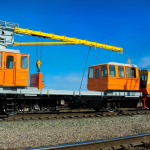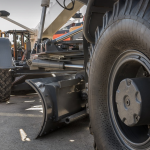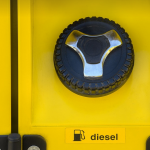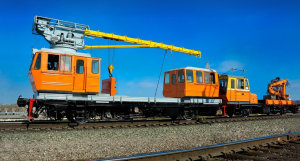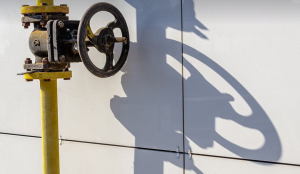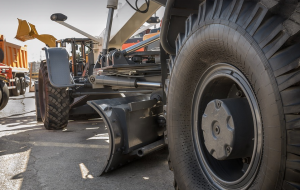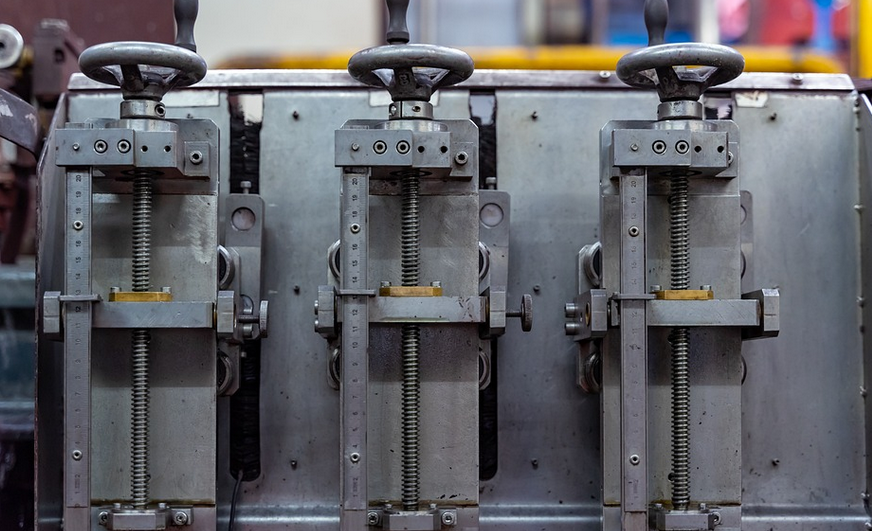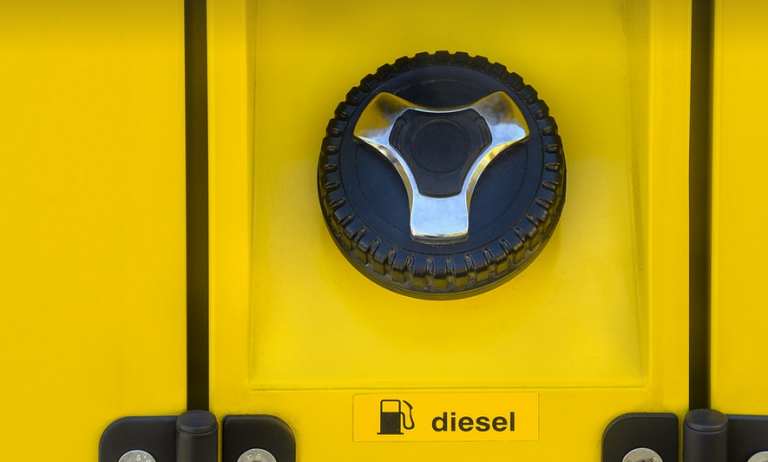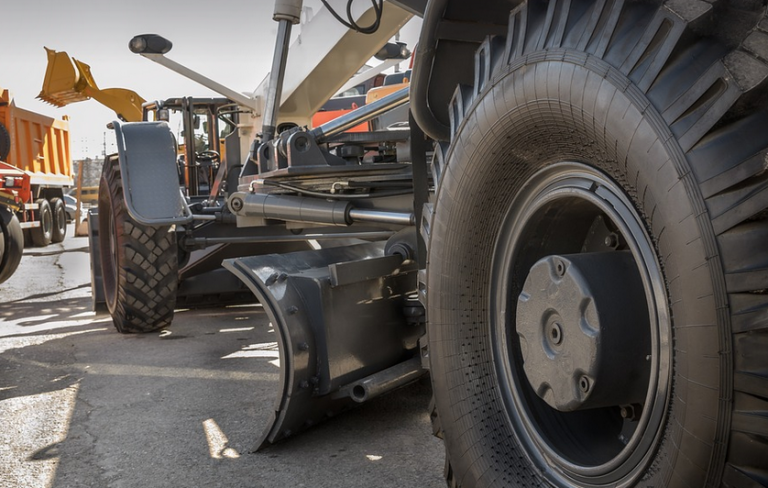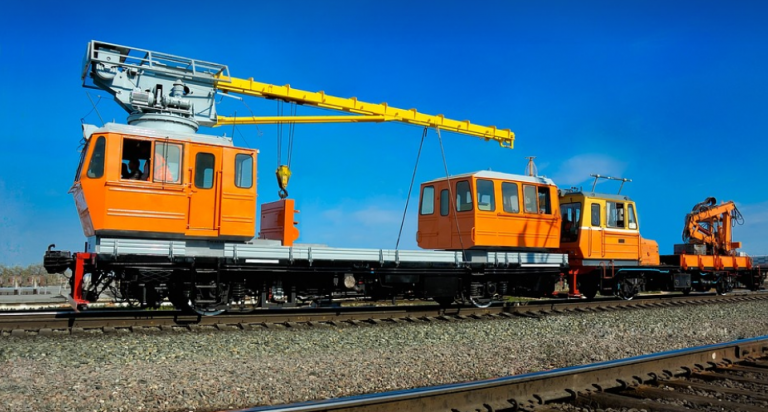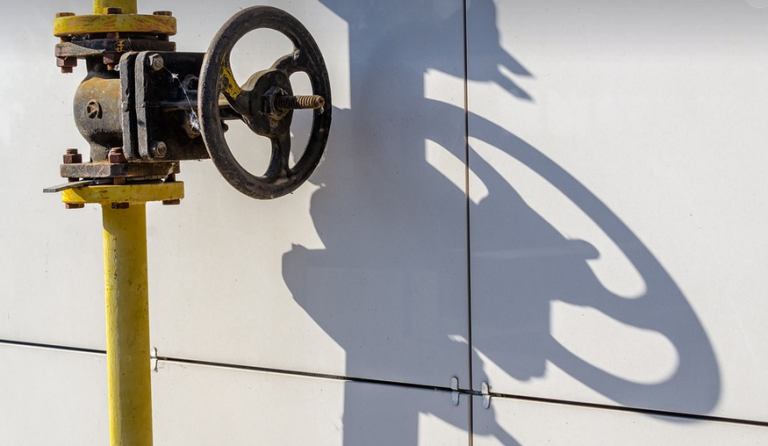Understanding Oxygen Bottle Sizes for Welding
Every welder knows the importance of having a steady supply of pure oxygen when working on metal projects. But choosing the right-sized oxygen bottle can be a bit tricky, especially with all the different sizes and capacities available. The size of an oxygen bottle is directly related to the volume of oxygen it holds, measured in cubic feet (CF). It’s essential to choose a cylinder size that matches your welding needs for efficiency and cost-effectiveness. You wouldn’t want a tiny bottle struggling to keep your torches going during a demanding project!
Let’s break down the common sizes of oxygen bottles used in welding and explore their key features.
Why Oxygen Bottle Size Matters
Choosing the right oxygen bottle size is critical for several reasons. First, it determines how much oxygen you have available for your welding needs. A smaller bottle will only provide a limited supply of oxygen, while a larger one offers more flexibility and longer working hours. This translates directly to productivity and less disruption to your workflow.
Moreover, the size of an oxygen bottle impacts the cost-efficiency of your operations. Larger bottles are generally cheaper per unit of oxygen than smaller ones, making them more financially viable in the long run. But remember, a big bottle doesn’t mean automatic efficiency – you need to consider other factors like maintenance and storage.
Common Oxygen Bottle Sizes for Welding
Here’s a breakdown of some common oxygen bottle sizes used in welding:
* **10-Cubic Foot (CF) Bottle:** This is a popular choice for smaller projects or home workshops. It offers enough oxygen for a few hours of light to medium-level welding tasks. A 10-CF bottle can be convenient and cost-effective but might not be ideal for large or demanding welding jobs with longer runs.
**20-Cubic Foot (CF) Bottle:** This size is frequently used for larger projects, particularly those that require extended working hours without frequent refills. It offers more oxygen than a 10-CF bottle and allows for a broader range of welding tasks, such as heavy-duty fabrication or maintenance.
**40-Cubic Foot (CF) Bottle:** For the most demanding projects and continuous operation, this is the go-to size. This large capacity ensures long-lasting oxygen supply without constant refilling, ideal for intricate welding projects, large structures, or construction sites where prolonged operations are required.
**60-Cubic Foot (CF) Bottle:** For specialized applications and high-demand jobs, a 60-CF bottle comes into play. It’s often used in industrial settings, heavy machinery repair, or large-scale construction projects where extended welding sessions are essential.
**90-Cubic Foot (CF) Bottle:** This massive size is reserved for the most demanding and long-lasting welding needs. It offers an almost limitless supply of oxygen, ideal for industrial environments or heavy-duty fabrication projects that require continuous operation without interruptions. However, this size comes with a higher cost compared to smaller bottles.
Choosing the Right Oxygen Bottle Size
Before you choose your oxygen bottle size, consider these factors:
* **Welding Frequency and Duration:** How often do you weld? Do you need long-lasting power for extended sessions or just occasional projects? The frequency of use plays a crucial role in selecting the appropriate bottle size. * **Project Complexity and Size:** Are you working on small, intricate pieces or large structures that demand heavy-duty welding? This factor determines the volume of oxygen needed. * **Budgetary Considerations:** Smaller bottles are generally less expensive, but larger ones offer greater long-term value. * **Safety and Storage:** Ensure your chosen bottle size is practical for safe handling and storage. Consider access to a secure location with proper ventilation for storing oxygen.
By understanding these factors and considering the different sizes of oxygen bottles available, you can make an informed choice that best suits your welding needs.
